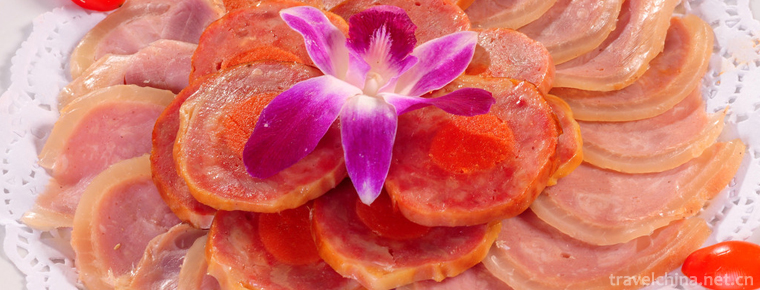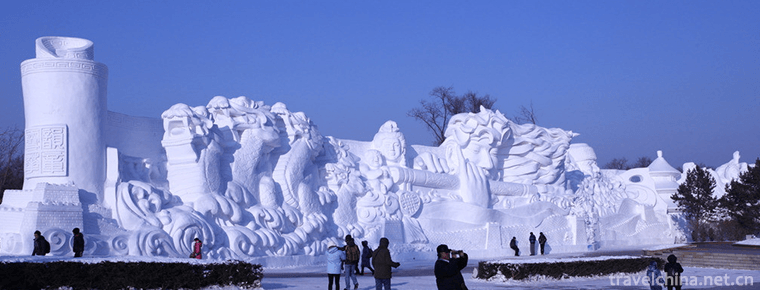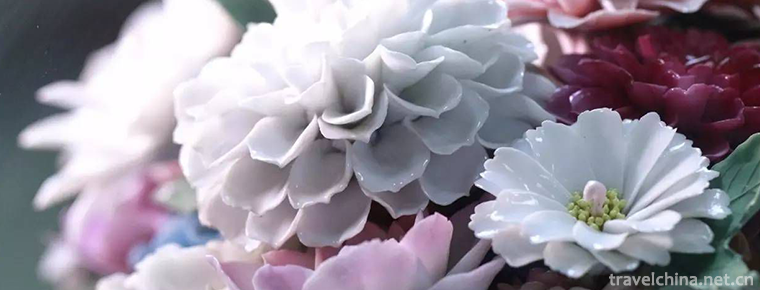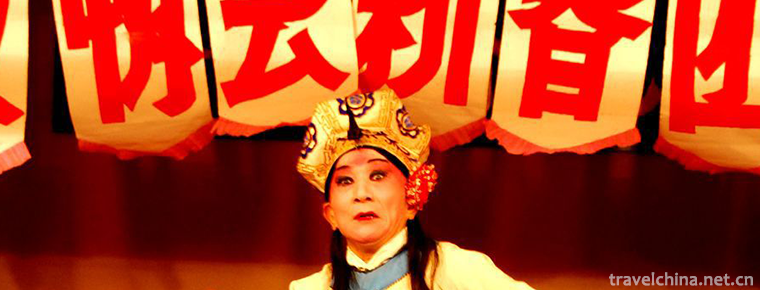Wind and Fire Meteor
Wind and Fire Meteor
Fenghuo Meteor is a traditional folk performing art which combines acrobatics and martial arts. It is one of the first intangible cultural heritages in Shanxi Province. It was selected into the second batch of national intangible cultural heritage list published by the State Council.
On June 7, 2008, Fenghuo Meteor was approved by the State Council to be included in the second batch of national intangible cultural heritage list.
The origin of Art
It is impossible to verify when and where the meteors originated. Some people say that it originated from the traditional folk acrobatics meteor; others say that it originated from the meteor hammer in martial arts. In Dongjie Village, Jinyuan District, Taiyuan City, Shanxi Province, when people talk about "meteors of wind and fire", they must start from one person to another. This man is Han Ronghua, the founder of the now well-documented "meteor of wind and fire". This place is Qixian County, where once businessmen and businessmen gathered and flourished.
Artistic characteristics
The reason why the "meteor of wind and fire" has been sought after by the people is inseparable from the continuous improvement and perfection of several generations of artists. It not only integrates Gong and drum art, folk acrobatics and traditional martial arts to produce a thrilling visual effect, but also because of its simple production, easy to carry and simple content, it has the function of strengthening the body and enriching the cultural life of the masses. And a set of routines, such as Shuanglong Kaidao and Fire Dragon Entanglement, are more vividly displayed in the hands of folk artists, adding some light to the festive atmosphere.
"Wind and Fire Meteor" is a rope more than one meter long tied to each end of a teenager fist size cage, which is hot charcoal fire, performers through their hands to do back flowers, flowers and other movements, so that the rope at both ends of the cage in the air from slow to fast rotation, soft rope like a hard stick, coupled with sparks splashing in the cage, forming a variety of patterns.
Master of Art
In 1928, inspired by folk acrobatics, Han Ronghua, the representative inheritor of Xingyi Quan, combined some traditional Wushu drilling techniques and techniques with folk acrobatics to create "Fenghuo Meteor", which became a unique performance item in folk social activities at that time.
Cultural inheritance
Because of social change, urbanization process and the change of people's ideas, the traditional folk culture has not been valued by young people, and the existing old artists have not paid enough attention to this skill. As they enter the old age, many people are sick and unable to perform this stunt completely. This stunt has been on the verge of extinction in the past 30 years. In this regard, Jia Tiancang, a 50-year-old actor, also confirmed that: "Now there are not many people who can meet meteors. There are three or four elderly people in the village, one is over 70, and the other is about 70 years old. My 50-year-old is the youngest person who can perform on stage."
Han Jinniu began to collect all kinds of relevant information in 2005, hoping to revive the "meteor of wind and fire". Han Jinniu's action has been supported and responded by Nie Lianfu, Nie Hongyi, Nie Hongshou, Niu Sanbao, cousins Han Yugui and Han Hugui, who are the second generation heirs of "Fenghuo Meteor". They have organized the folk art performance team of "Fenghuo Meteor" in Jinyang with self-financing, and set up the folk art studio of Jinyang Fenghuo Meteor.
With the establishment of the studio, Jia Tiancang and Hou Tiemei, daughter-in-law of Nie Hongshou, who had practiced "meteors of wind and fire" in the 1970s, also joined the performance team of "meteors of wind and fire". They also carried out some transformation of meteors. Jia Tiancang gave reporters tools to play with meteors and said, "Nowadays, the holes in the cage used to hold fire are much smaller than before. The fingers of adults can stick in their eyes, but nowadays only chopsticks are thick and thin. When we perform on stage, we use flashing props to ensure safety.


Wind and Fire Meteor
-
Harbin Polarland
Harbin Polar Museum is the world's first polar entertainment park, one of the four major scenic spots of Harbin International Ice and Snow Festival, the national 4A-level tourist attraction
Views: 195 Time 2019-01-13 -
Maoling Museum
Maoling Museum is located on the Wuling Platform between Xianyang and Xingping in Shaanxi Province, about 40 kilometers away from Xi'an. It is a Museum of Dynastic History of the Western Han Dynasty
Views: 194 Time 2019-02-07 -
Eyes of Tianjin
Tianjin Eye, full name Tianjin Yongle Bridge Tientsin Eye, crossing the Haihe River connecting Hebei and Hongqiao District, is a cross-river construction, bridge wheel in one Ferris wheel, both touris
Views: 141 Time 2019-02-21 -
Firing Techniques of Fengxi Porcelain
Fengxi Porcelain Firing Technology, a local traditional technology in Fengxi District, Chaozhou City, Guangdong Province, is one of the national intangible cultural heritage.
Views: 805 Time 2019-04-29 -
High cavity
Gaoqiang is one of the four major tunes in Chinese opera. Gaoqiang was originally called "Yiyang Cavity" or "Yiqiang Cavity", because it originated in Yiyang, Jiangxi Province.
Views: 138 Time 2019-04-30 -
Mongolian yurt building skills
Mongolian yurt building skills, the traditional local skills of Xiwuzhumqin Banner and Chenbalhu Banner in Inner Mongolia Autonomous Region, one of the national intangible cultural heritage.
Views: 131 Time 2019-06-03 -
Qu Opera
Opera is one of the traditional operas mainly spread in Henan Province. It was also called "Gaotai Opera" or "Quzi Opera" in the old days. Quju is popular in Henan Province and its
Views: 103 Time 2019-06-11 -
Sichuan Conservatory of Music
Sichuan Conservatory of Music, whose predecessor was "Sichuan Provincial Drama Education Experimental School" founded in 1939, has experienced such periods as "Sichuan Provincial Music
Views: 220 Time 2019-08-31 -
Longhua Baxian Mountain Giant Buddha
Longhua Baxian Mountain Giant Buddha is located in Baxian, Longhua Town, Pingshan County, Yibin City, Sichuan Province. Since the Bamiyan Buddha in Afghanistan was bombed by the Taliban
Views: 312 Time 2020-10-16 -
Chengdu Jinsha Site Museum
Chengdu Jinsha Site Museum, a national AAAA tourist attraction, is located at No.2 Jinsha Ruins Road, Qingyang District, Chengdu City, Sichuan Province. It covers an area of 456 Mu and a building area of 38000 square meters.
Views: 227 Time 2020-11-06 -
History of Guangan
Guang'an belonged to Liangzhou in ancient times and Yongzhou in Yin and Shang Dynasties. In the fifth year of King Shenliang of Zhou Dynasty (316 BC), Qin destroyed Bashu and established Ba and Shu counties. Today, Guang'an District, Qianfeng District, Linsh
Views: 323 Time 2020-12-19









